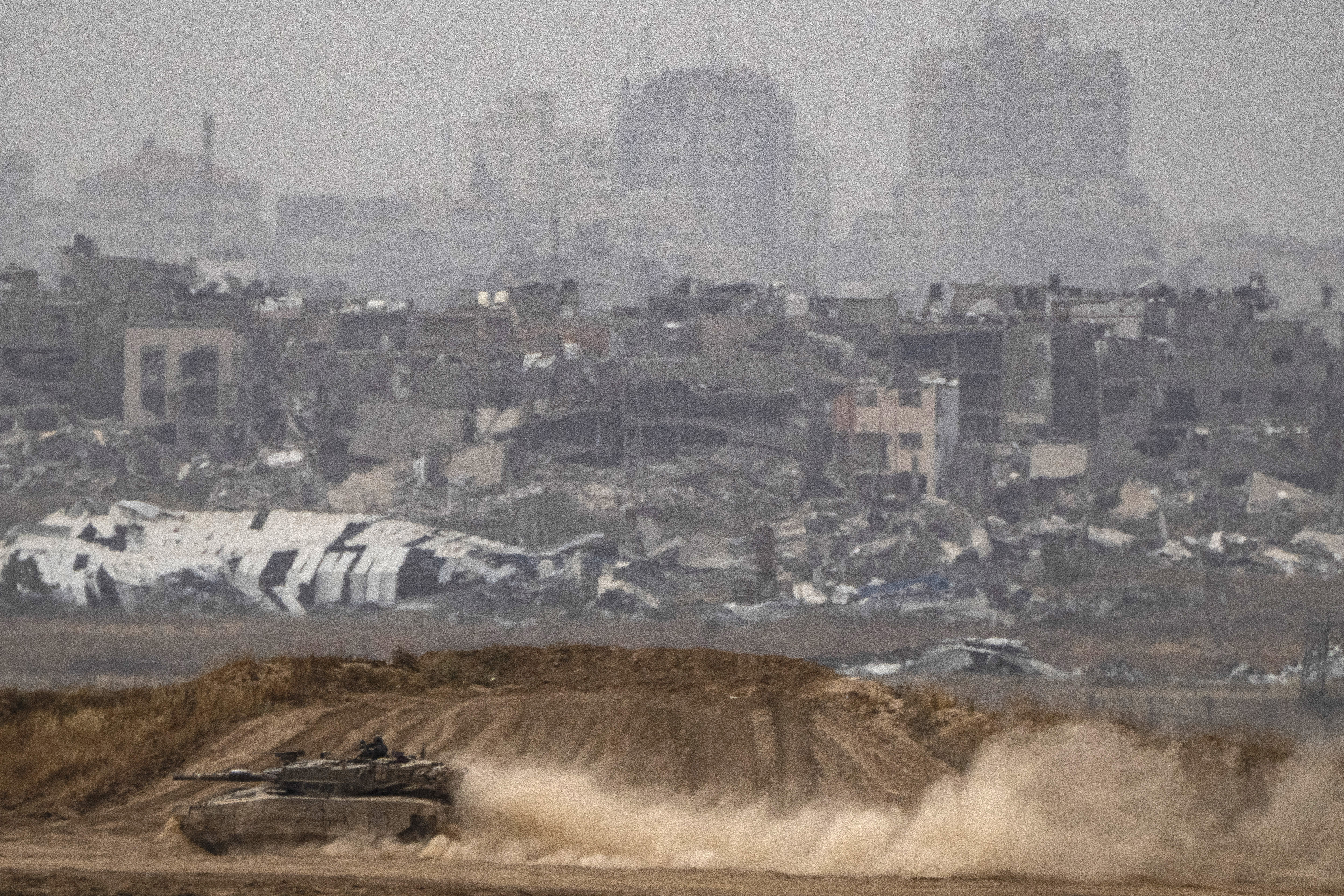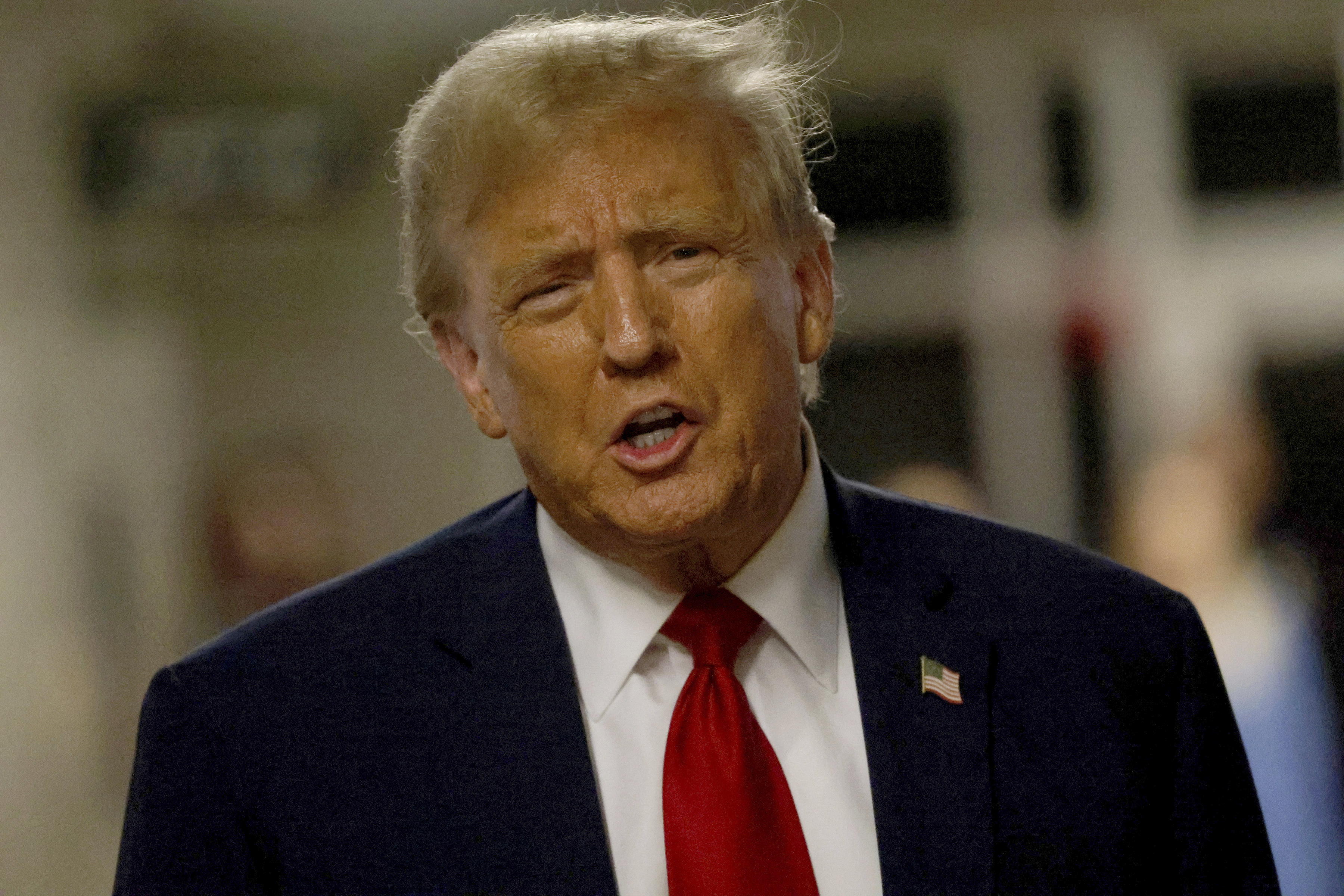WASHINGTON - The CIA has tapes of 9/11 plotter Ramzi Binalshibh being interrogated in a secret overseas prison. Discovered under a desk, the recordings could provide an unparalleled look at how foreign governments aided the U.S. in holding and questioning suspected terrorists.
The two videotapes and one audiotape are believed to be the only remaining recordings made within the clandestine prison system.
The videos show Binalshibh sitting at a desk answering questions at a Moroccan-run facility the CIA used near Rabat in 2002, U.S. officials told NBC News. They spoke on the condition of anonymity because the recordings remain a closely guarded secret.
Officials said the videos do not show any "enhanced interrogation techniques," unlike the tapes of two other al-Qaida operatives, Abu Zubaydah and Abd al-Nashiri, being waterboarded in 2005.
CIA officials believed they had wiped away all of the agency's interrogation footage. But in 2007, a staff member discovered a box tucked under a desk in the CIA's Counterterrorism Center and pulled out the Binalshibh tapes.
"It's amazing how many times people would find things in boxes under their desks," a former senior U.S. intelligence official told NBC News. "It was an inside joke, if you ever need something, look under your desk."
When asked if America would be safer is all the materials in boxes under intelligence desks were unearthed, the official said, "Well, at least more entertained."
U.S. & World
Probe: Why weren't tapes disclosed?
A Justice Department prosecutor who is already investigating whether destroying the Zubaydah and al-Nashiri tapes was illegal is now also probing why the Binalshibh tapes were never disclosed. Twice, the government told a federal judge they did not exist.
The tapes could complicate U.S. efforts to prosecute Binalshibh, 38, who has been described as a "key facilitator" in the Sept. 11, 2001, attacks. If the tapes surfaced at trial, they could clearly reveal Morocco's role in the counterterrorism program known as Greystone, which authorized the CIA to hold terrorists in secret prisons and shuttle them to other countries.
More significantly to his defense, the tapes also could provide evidence of Binalshibh's mental state within the first months of his capture. In court documents, defense lawyers have been asking for medical records to see whether Binalshibh's years in CIA custody made him mentally unstable. He is being treated for schizophrenia with a potent cocktail of anti-psychotic medications.
Tapes 'extremely relevant' to case
With military commissions on hold while the Obama administration figures out what to do with suspected terrorists, Binalshibh has never had a hearing on whether he is mentally fit to stand trial.
"If those tapes exist, they would be extremely relevant," said Thomas A. Durkin, Binalshibh's civilian lawyer.
The CIA first publicly hinted at the existence of the Binalshibh tapes in 2007 in a letter to U.S. District Judge Leonie M. Brinkema in Virginia. The government twice denied having such tapes, and recanted once they were discovered. But the government blacked out Binalshibh's name from a public copy of the letter.
At the time, the CIA played down the significance, saying the videos were not taken as part of the CIA's detention program and did not show CIA interrogations.
That's true, but only because of the unusual nature of the Moroccan prison, which was largely financed by the CIA but run by Moroccans, the former officials said. The CIA could move detainees in and out, and oversee the interrogations, but officially, Morocco had control.
CIA spokesman George Little would not discuss the Moroccan facility except to say agency officials "continue to cooperate with inquiries into past counterterrorism practices."
Moroccan government officials did not respond to questions about Binalshibh and his time in Morocco. The country has never acknowledged the existence of the detention center.
Morocco's human rights record
Morocco has a troubled history of prison abuse and human rights violations. A government-created commission identified decades of torture, forced disappearances, poor prison conditions and sexual violence. And this year's State Department report on Morocco notes continued accusations of torture by security forces.
But current and former U.S. officials say no harsh interrogation methods, like the simulated drowning tactic called waterboarding, were used in Morocco. In the CIA's secret network of undisclosed "black prisons," Morocco was just way station of sorts, a place to hold detainees for a few months at a time.
"The tapes record a guy sitting in a room just answering questions," according to a U.S. official familiar with the program.
That would make them quite different from the 92 interrogation videos of Zubaydah and al-Nashiri being subjected to waterboarding and other harsh interrogation tactics.
Binalshibh was captured Sept. 11, 2002, and interrogated for days at a CIA facility in Afghanistan. Almost immediately, two former CIA officials said, Binalshibh exhibited mental instability that would worsen over time.
When FBI agents finally had a chance to interview Binalshibh, they found him lethargic but unharmed.
Binalshibh was cooperative, but 'had a certain toughness'
Binalshibh was among the most cooperative of the Sept. 11 plotters, according to a 2008 NBC News analysis of the number of references to his interrogations made in the 9-11 Commission Report. The al-Qaida operative is referenced 119 times, second only to Khalid Sheikh Mohammed, who was cited 281 times.
Two former U.S. intelligence officials told NBC News Binalshibh was very cooperative during interrogations. One said he "folded like a cheap suit," before refusing to cooperate later.
One official said he also provided intelligence about a plot to crash aircraft into London's Heathrow Airport.
"He had a certain toughness about him, like he didn't care," said Raymond Holcomb, a retired FBI agent who spent five days alongside the CIA with Binalshibh in Afghanistan and wrote about it in a forthcoming book, "Endless Enemies: Inside FBI Counterterrorism."
Binalshibh spent five months in Morocco in late 2002 and early 2003, the first of three trips through the facility during his years in CIA custody.
Since his incarceration was established at Guantanamo Bay in 2006, Binalshibh has appeared increasingly erratic. Court records show him acting out, breaking cameras in his cell and smearing them with feces.
He has experienced delusions, believing the CIA was intentionally shaking his bed and cell, according to court records and interviews. He has imagined tingling sensations like things were crawling all over him and developed a nervous tic, obsessively scratching himself.
Nine years after his capture, there is no indication when Binalshibh and other admitted 9/11 terrorists will face military or civilian trials.
Binalshibh and other accused 9/11 conspirators have openly admitted their roles, praising the attacks. Binalshibh and the others have asked to plead guilty, a move that would head off any trial and almost certainly guarantee the videotapes never get played in any court.
Robert Windrem,. NBC's national security producer, contributed to this story.



